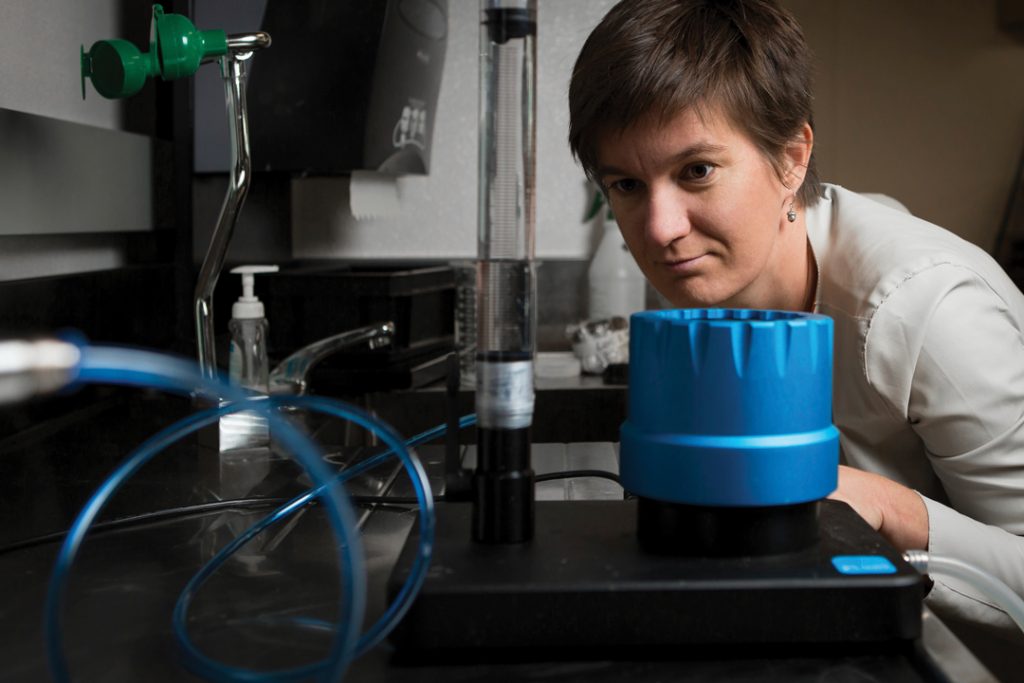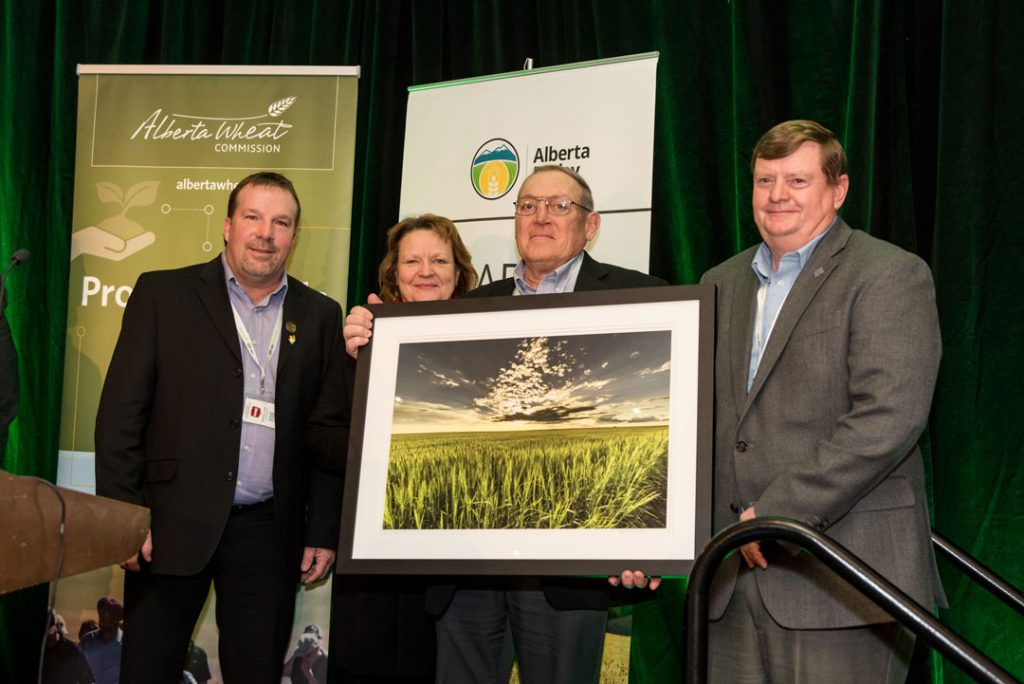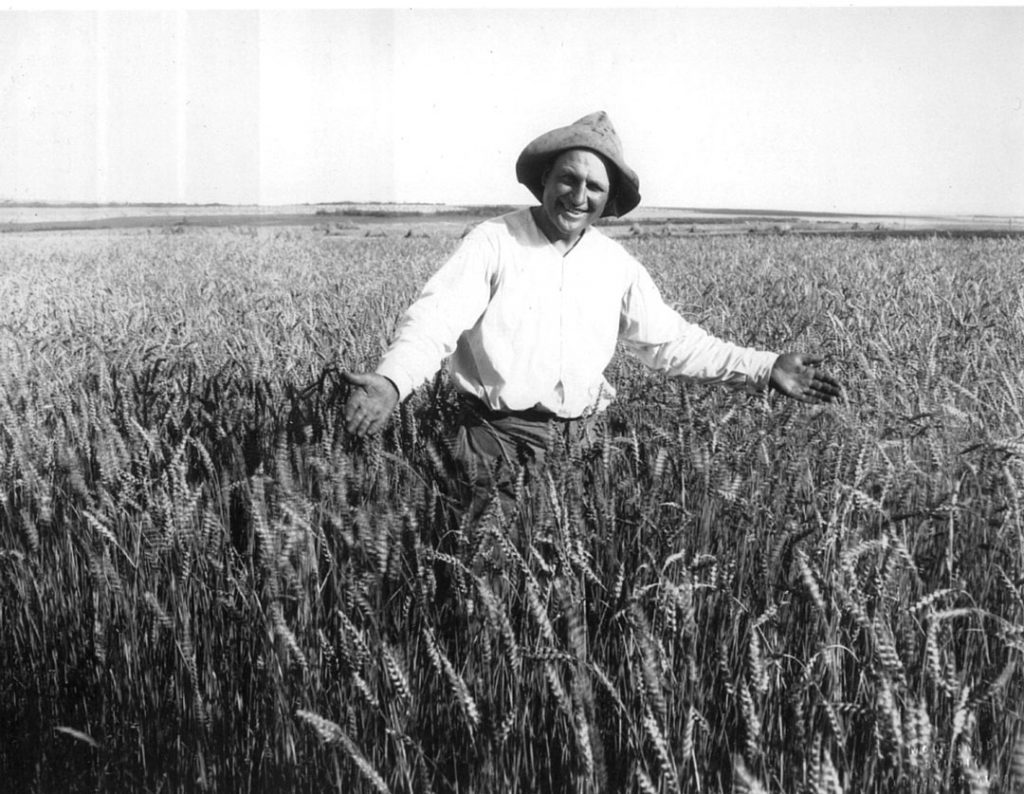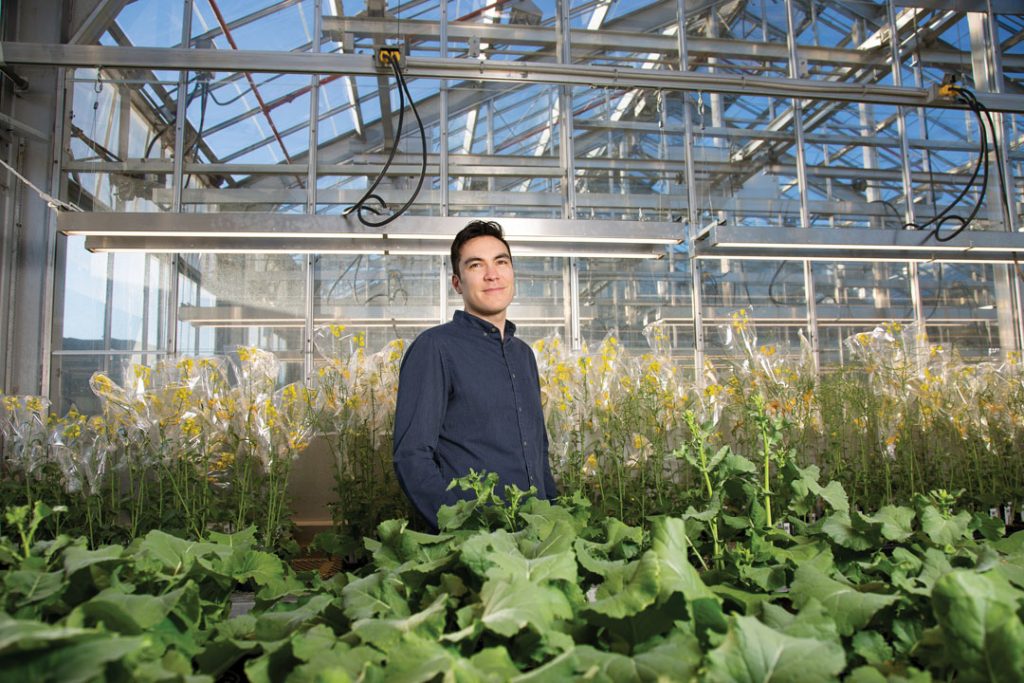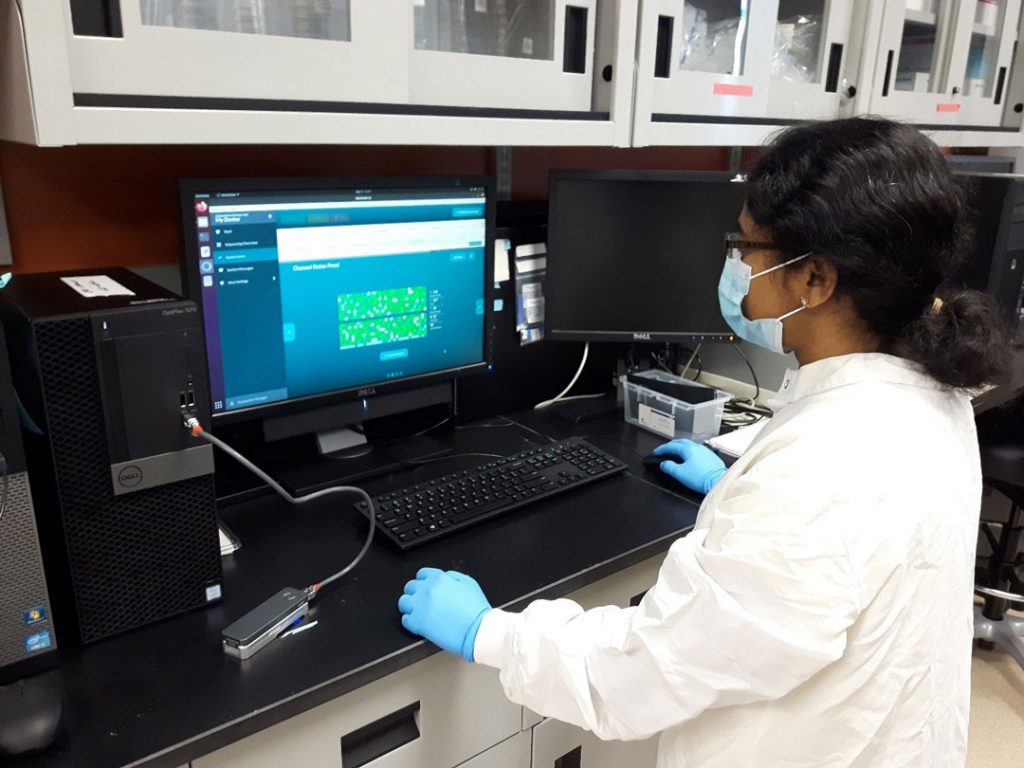SPLASHY SCIENCE
Of all the variables in agriculture, from prices and pests to supplies and sun, water is perhaps the most difficult to manage. Most Alberta farmers may prefer to forget the 2021 season, which illustrated just how damaging a lack of it can be. In southern Alberta, drought can be mitigated by irrigation, and local scientists are at work to improve the practice.




